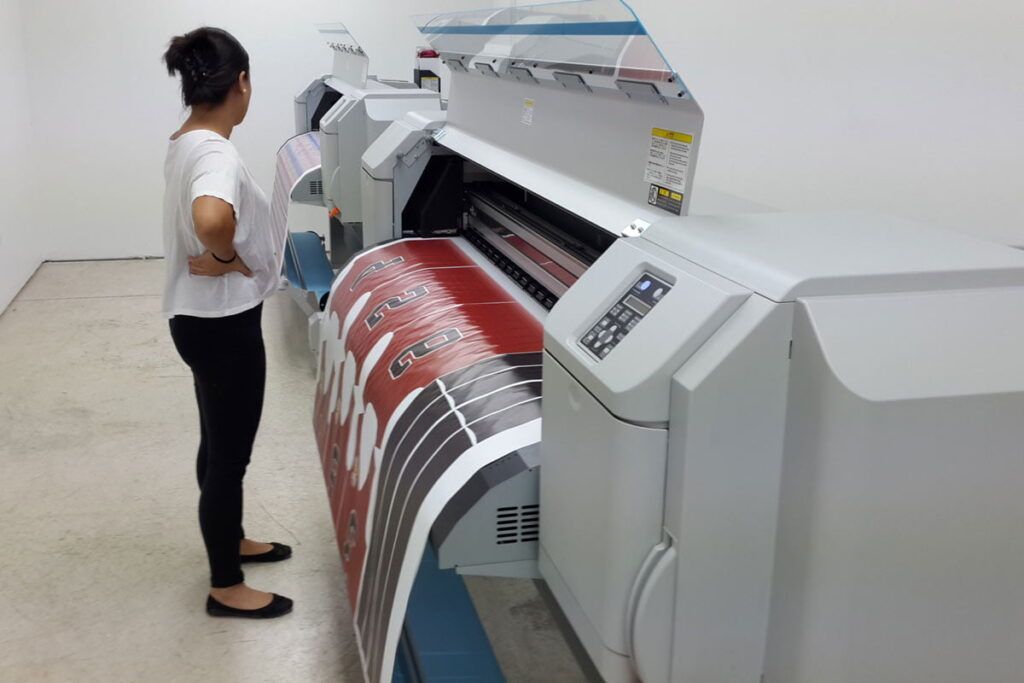From mugs to glass to snowboards, dye sublimation can be utilized on any surface where polymeric treatment of a substrate can be accomplished. Since polymers are the foundation of dye sublimation printers, a substrate can be dye sub printed if it can retain the polymeric treatment applied to its surface. Rest assured that the surface could be anything having a flat surface and could accept the numerous sprays, available for preparing a substrate, in preparation for this type of printing. It would be inclusive of plastics, glass, wood, stone, and metal.
How does it work?
The way this works is that the polymers expand and open up, kind of like a flower in the sun when heat and pressure are applied to an item that has been treated and joined to the printed heat transfer paper. The dye becomes gaseous owing to the heat (about 400oF) when the polymers expand under the pressurized heat, and the dye (as gas) flows into the open polymers as it cools, locking in the color for an ongoing display of continuous photographic tones.
So there you have it—a long answer to your inquiry regarding whether dye sublimation blanks can be used to print snowboards. And the quick response is yes.
The Recommended Fabric
Polyester fabric is typically utilized for dye sublimation cloth printing, and once again, this is because the polymers of the fabric are heat-sensitive and can open up, allowing the gaseous dye to enter and get locked in when the fabric cools.
Name a few of the more popular natural textiles that cannot be dye sublimation printers including linen, wool, ramie, jute, silk, and angora. Orlon, rayon, acetate, nylon, acrylic, polyester, olefin, spandex, latex, and kevlar are examples of synthetic fibers.
Success rate of cotton
Cotton has been successfully screen printed for decades, but the inks hand feel, which over time fades with repeated washings and has a little harsh hand feel, has always been a problem. However, the newly stated inks do have a soft hand feel and are the closest thing to dye sublimation you can find, which is not polyester.
You may also like
-
Top Benefits of Hiring Experts for Vinyl Plank Installation in Florida
-
The Silent Guardians: How High Pressure Valves Protect Lives You Never See
-
Essential Pond Pump Maintenance Tips
-
Remodeling Roadblocks? Here’s How to Upgrade Your Master Bathroom the Right Way
-
Pests in Car – How to Keep Them Out of Your Vehicle


